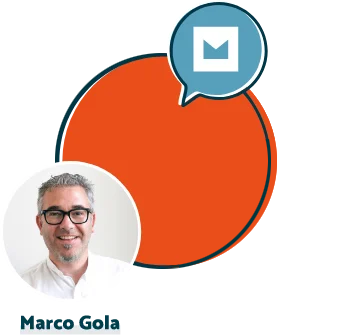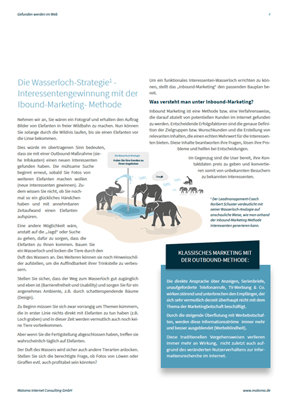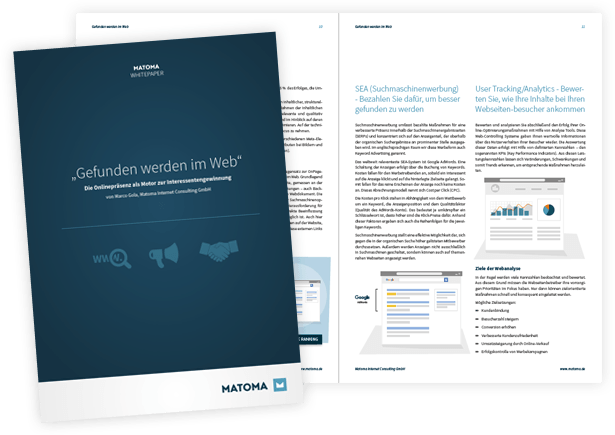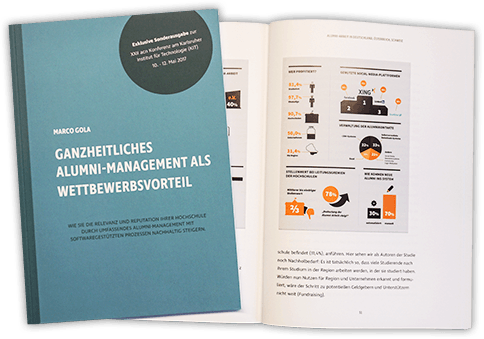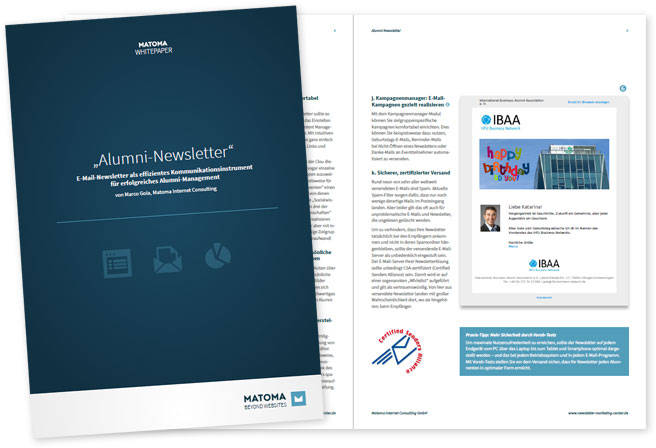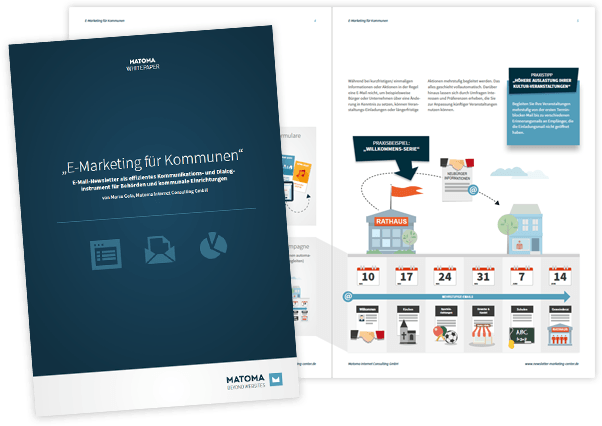
What does SEO mean and why is it important?
SEO, or Search Engine Optimization, refers to the adjustments you make to your website in order to to make it more visible to search engines like Google. The ultimate goal is to appear higher in search results organically. Why is that important? Well, improved visibility leads to more visitors, more potential customers and ultimately a successful online presence.
SEO review: Where do you stand?
Before you make any optimizations, it is crucial to know the current state of your website. Here are some steps to check your current SEO performance:
1. Keyword analysis
Identify relevant keywords for your industry and check how well your website ranks for those keywords. Tools like Google Keyword Planner or Ahrefs can be very helpful.
2. Backlink analysis
Backlinks continue to be an essential part of SEO. Check the quality and number of backlinks pointing to your website. Tools like Moz or SEMrush can give you insights.
3. Page load time
A fast loading time is important for both users and search engines. Use tools like Google PageSpeed Insights to analyze the loading time of your pages and find optimization opportunities.
4. Mobile optimization
Since many users surf on mobile, mobile optimization is crucial. Check whether your website works well on different devices and whether it is mobile-friendly.
Tips for SEO optimization of your website: Steps for sustainable success
After you’ve analyzed the current state of your website, it’s time to take concrete steps to optimize your search engine presence. Here we look at the key areas in more detail to develop a comprehensive SEO strategy:
1. High-quality content: The cornerstone of success
Creating high-quality, unique and informative content is essential. Google rates sites positively that offer real added value. Make sure your content is relevant to your target audience and addresses their questions or problems.
Tip: Conduct regular content audits to identify and update outdated or less effective content.
2. Effective Keyword Usage: The Art of Integration
Keywords are the core of your SEO efforts. Integrate them organically into your text, headings and meta tags. However, avoid excessive keyword density as this can be interpreted as spamming.
Tip: Use tools like Google Keyword Planner to identify relevant keywords and monitor their effectiveness. Make sure to include long-tail keywords.
3. SEO-Optimized Meta Tags: The Art of Enticement
Meta titles and descriptions are your digital business card. Write engaging, clear, and relevant meta tags that grab users’ attention. These are often the first elements potential visitors see.
Tip: Use unique meta tags for each page and make sure they accurately reflect the content.
4. User-friendly URLs: Simplify navigation
Search engines prefer easy-to-understand URLs. Short, clear structures not only make it easier for users to navigate, but also for search engines to index your pages efficiently.
Tip: Avoid cryptic characters in your URLs and ensure that they clearly reflect the content of the page.
5. Mobile optimization: A prerequisite for success
Since many users access the Internet on mobile devices, mobile optimization is crucial. Make sure your website looks and works well on different devices. Google prefers mobile-optimized pages.
Tip: Use responsive design principles to ensure your website displays optimally on different screen sizes.
6. Image optimization: speed through efficiency
Images are an essential part of a website, but they can also affect loading times. Compress images, use meaningful filenames, and add alt text to increase efficiency.
Tip: Use the correct image format (JPEG for photos, PNG for graphics) and optimize the image size to minimize loading times.
7. Internal linking: The signposts on your website
Link relevant pages within your website to make navigation easier and boost SEO. This not only promotes user experience but also indexing by search engines.
Tip: Use meaningful anchor texts that reflect the content of the linked page and avoid excessive linking.
8. External links and backlink building: partnerships for reputation
Backlinks from trustworthy sources are crucial for your online reputation. Continuously work on high-quality backlinks through guest posts, partnerships and industry-relevant collaborations.
Tip: Avoid buying backlinks as this may violate Google’s guidelines. Rely on a natural, organic structure.


